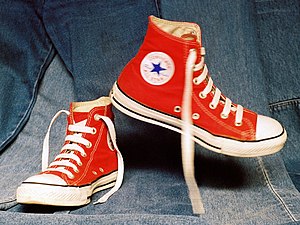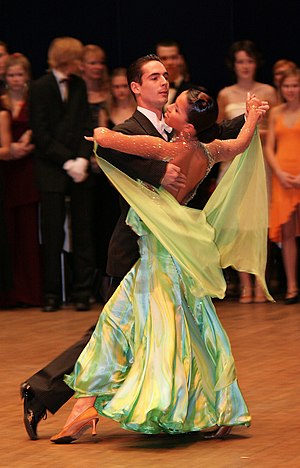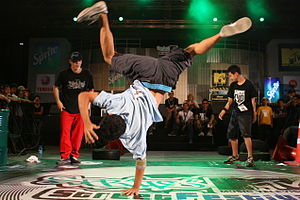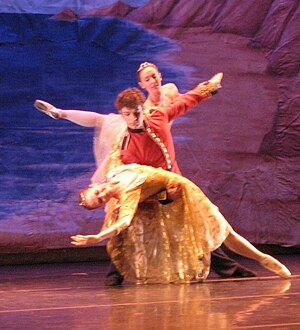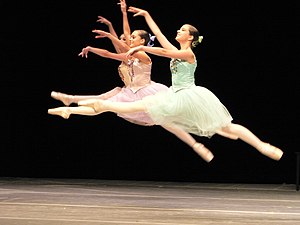 |
| English: Irish dancer Michael Flatley (Photo credit: Wikipedia) |
Talk about pounding a lot of ground,
Irish dancers’ feet take a real beating. Their feet are their most prized possession, requiring a lot of extra special care to keep on stomping that beat. So what would an Irish dancer do to keep their feet in shape so they don’t miss a performance?
One of the foremost necessities is properly fitting shoes. This rapid dance and beats per minute generate a lot of friction. If shoes are too loose,
blisters form, and if shoes are too tight you run the risk of bone problems such as
bunions. So like all dancers, lads and ladies of the Irish dance, need to prevent as many foot problems as possible by making sure shoes fit snug, but not tight.
Some of the foot concerns that effect lads and lasses of the Irish dance include:
Lots of products are available to assist the dancers in their quest to prevent and self- treat minor foot ailments. Since blisters are a big problem, dancers will cover sensitive spots with moleskin or
band aids so that the protective covering gets the friction, not the skin. There are also creams and products that come in a stick form, which can be used on friction points. Solid stick deodorant can also provide a waxy, smooth coating to lubricate and reduce the effects of chafing. Pads and cushions help with ball of foot problems and spacers for between the toes help prevent bunions, corns and
ingrown toenails.
Practice, performance and perfection are three words that Irish dancers seem to live by so they can dance. They are in training 365 days per year, exhaust themselves in classes and practice sessions all to gain the coveted eye of approval during a dance competition. The pain and torment they put their bodies through, so they can hopefully be part of a champion dance troupe, is difficult for a non-dancer to understand. When performing, their ability to forget the pain is even more amazing.
Dancers receive compassionate understanding from Dr. Boucher. She is from the world of dance and understands the hardships dancers endure, their drive and determination. If you are experiencing pain in your feet or ankles, call Dr. Boucher at (203) 238-3668. You won’t just receive foot care, but you will experience it on a higher level.
References:
http://www.irishcentral.com/story/irishdance/adult-irish-dancing/foot-care-tips-and-tricks-keep-irish-dancers-on-their-toes-131762798.html
http://www.irishcentral.com/story/irishdance/go-feis--the-irish-dance-blog/pains-and-pleasures-only-an-irish-dancer-can-relate-to-133330558.html
